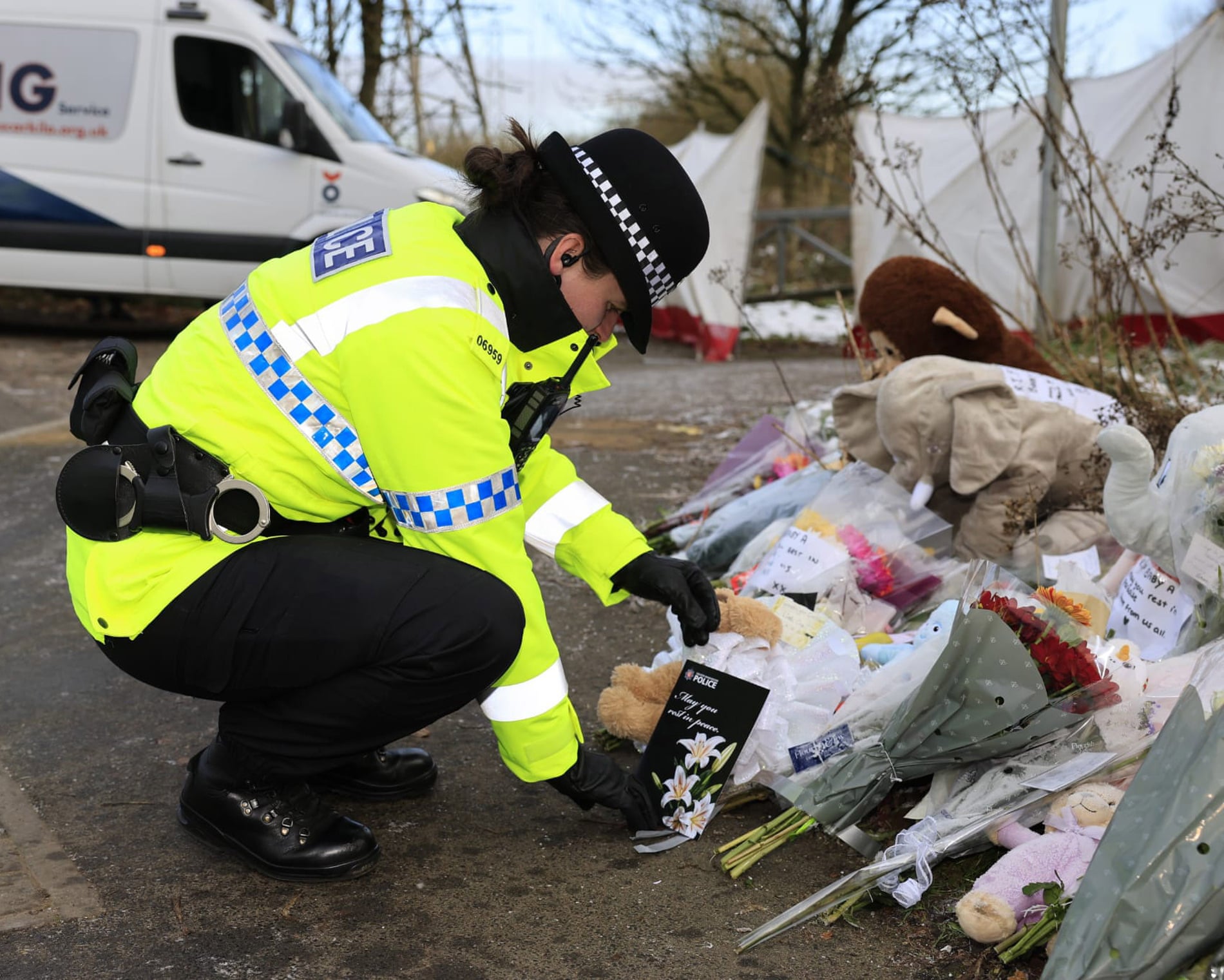A year after a dog walker discovered the remains of a newborn in a snow-covered park, police have renewed their appeal to identify the child’s parents, citing a distinctive piece of women’s underwear as a potential breakthrough. The baby, referred to as Baby Ava, lay beneath an ash tree when the passerby noticed a tiny, soiled bundle and called 999, according to reporting by the Guardian. Officers who arrived soon after determined the bundle contained a baby in the first snow of winter. Investigators now hope that the unique clothing item linked to the case may jog memories and draw out vital information from the public. They believe someone, somewhere, may recognise the garment and connect it to a person, a location, or a moment in time that could help explain what happened.
Context and timing
The renewed appeal emerged on Monday, 20 October 2025, roughly one year after the discovery in Greater Manchester. The case has remained open, with detectives continuing to review leads and revisit evidence. The Guardian reported that police now want to focus attention on a specific piece of women’s underwear, which they describe as distinctive. The new appeal aims to reach anyone who saw, owned, sold, gifted, or recognised such an item around the time of the child’s death last winter.

Image Source: The Guardian
A renewed appeal centred on a distinctive garment
Greater Manchester Police have highlighted an item of women’s underwear in the hope it could power the next stage of their inquiry. The garment stands out, investigators say, and could be memorable to those who saw it. The Guardian summarised the approach with the line: police “hope a distinctive piece of women’s underwear may help them solve the case one year after remains discovered.” Appeals that focus on unique clothing often tap into specific memories—of a shop display, a social media post, or a conversation—because unusual items tend to stick in people’s minds.
Detectives rely on the public in cases like this. Even a small detail can move an investigation forward. Someone might recall a friend who wore or discussed a similar item, a retailer who stocked it, or a relative who received it as a gift. Police appeal strategies often start broad and then funnel towards details that can anchor recollection. The distinctive nature of the clothing item offers exactly that focus.
The discovery that shocked a winter morning
The baby’s remains came to light in the first snow of winter, beneath an ash tree in a park. A dog stopped at a bundle that did not belong in the scene. Its owner took a closer look and called for help. Officers who attended quickly realised the seriousness of what they faced. The sequence speaks to the role that chance can play in such cases: a path chosen on a morning walk, a dog’s change in pace, a person who felt the instinct to call 999.
The moment left a lasting impression on the local area, which continues to follow developments. Police have kept the case active, underlining the duty to speak for a child who cannot speak for herself. The community has watched for updates, and the renewed appeal signals that investigators still see avenues to explore.
How clothing evidence can guide investigations
Investigators often treat distinctive clothing as a path to new leads. A unique item can be linked to a store, a brand, a design run, or a custom order. Retailers may remember it. Manufacturers can confirm where and when they distributed it. While police have not disclosed such specifics in this case, the value of the approach lies in narrowing search fields. When officers move from a generic description to a recognisable detail, they raise the chance that a member of the public can make a connection.
Clothing can also support forensic analysis. Fibres, labels, stitching, or packaging traces can point to supply chains or environments. Investigators also consider whether someone altered or repaired the item, which can create a one-of-a-kind signature. In many cases, this kind of detail does not solve an investigation alone, but it expands the map of where to look and whom to ask.
Sensitivity and support as police seek the parents
Police routinely emphasise sensitivity in cases that may involve a concealed pregnancy, isolation, or fear. They frame appeals to prioritise welfare, urging anyone involved to seek medical and emotional support. Health services, including GPs and NHS 111, can advise on care after birth and on mental health. Charities such as the Samaritans provide confidential listening. These services exist to guide people who face crisis or fear stigma, and they can help open a path to speak to authorities safely.
When officers ask parents to come forward, they often stress that they want to understand what happened as much as they want to establish accountability. They also underline that a child’s dignity matters. If the parent or parents engage, they can help clarify timelines, circumstances, and decisions that remain unclear. That in turn can inform how the investigation proceeds.
The public’s role: share details responsibly and avoid speculation
People in Greater Manchester and beyond can help by sharing official appeals, checking memories and photos from last winter, and reporting any relevant sightings or conversations. If someone recognises the clothing item, they should note when and where they saw it and whether anyone else witnessed the same thing. Responsible sharing matters. Unverified claims and online speculation can harm people who have no link to the case and can complicate police work.
Anyone with information can contact Greater Manchester Police via the non-emergency 101 line or reach out through recognised online channels. People who prefer to stay anonymous can contact the independent charity Crimestoppers, which takes tips without recording personal details. Even small pieces of information can become important when officers plot them against timelines and other data.
Legal and ethical backdrop in newborn death cases
Cases involving the death of a newborn sit at the intersection of criminal law, health, and social care. The UK legal framework includes offences that can apply in certain circumstances, but prosecutors weigh facts carefully and consider evidence about the mother’s mental state around birth. At the same time, police and health professionals emphasise the need for care and support for anyone involved. They also maintain a duty to establish how and why a child died

